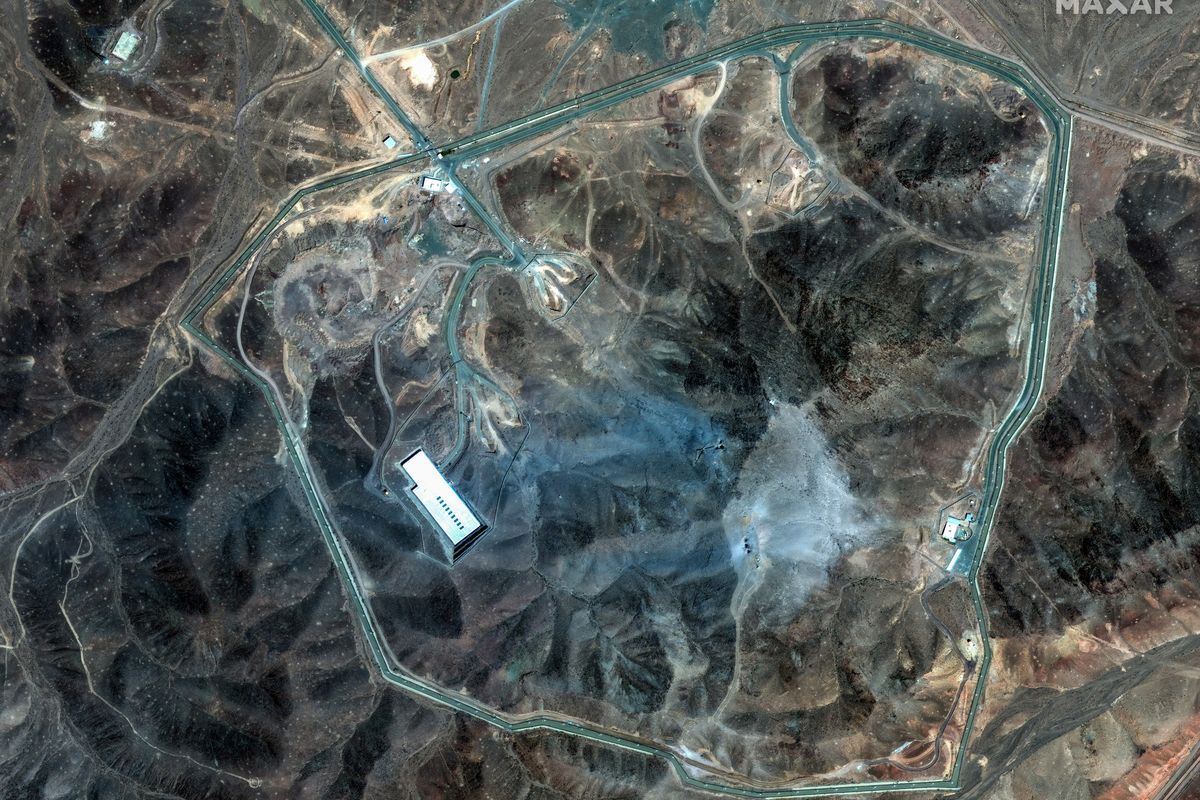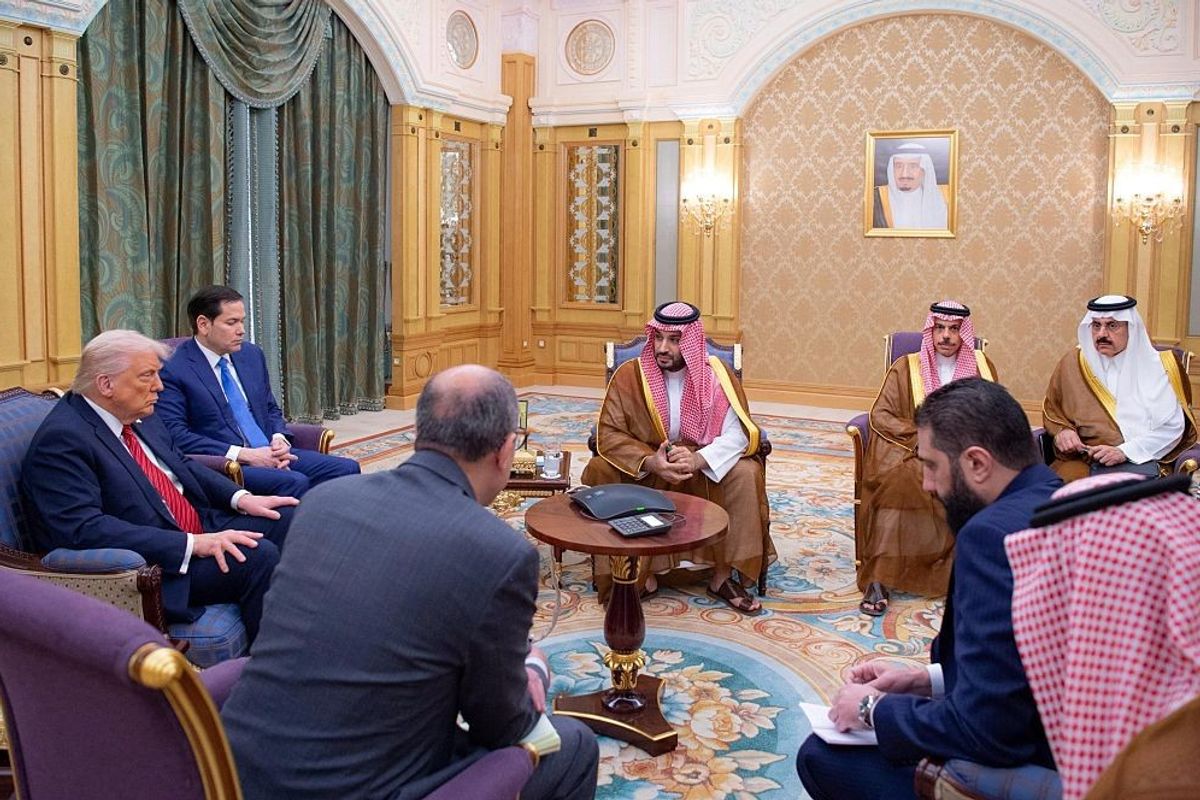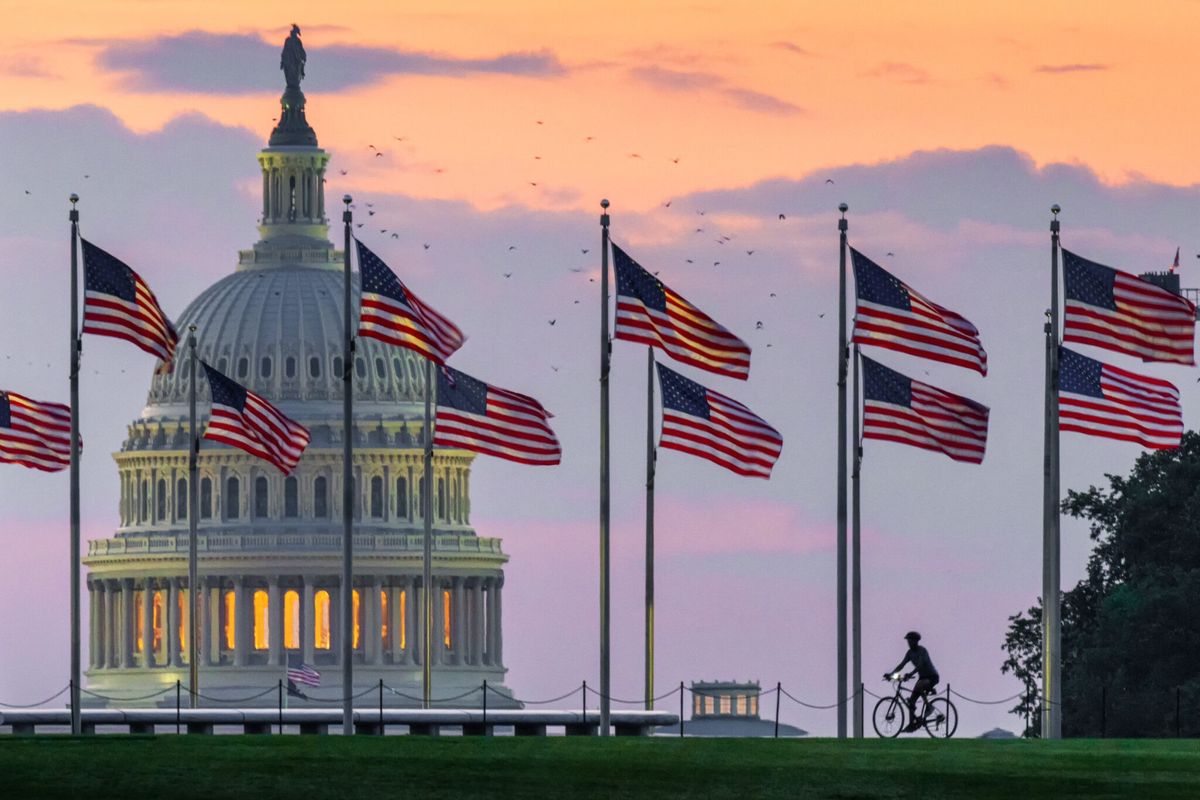In the aftermath of 9/11, the American intelligence community (IC) went through one of the most transformative periods in its history. From the creation of the Office of the Director of the National Intelligence (ODNI) to the creation of new agencies like the Department of Homeland Security, the U.S. national security and intelligence architecture looks very different today than it did 15 years ago. The Cipher Brief sat down with former Director of the National Clandestine Service at the CIA, Michael Sulick, to discuss just how effective these reforms have been, and what remains to be done.
The Cipher Brief: Almost 15 years after 9/11, how has the intelligence landscape changed in your opinion, and what is the most striking difference to you?
Michael Sulick: I think terrorism certainly became a fixed part of the intelligence landscape after 9/11 and will obviously remain so for the foreseeable future because of the threat that has arisen from ISIS over the past few years.
The strategy is, to me, related to the post-9/11 reforms, which have encouraged and improved all source analysis and better integration for various collection methods. I think the greatest capability that we’ve developed is the experience of our operators and other intelligence personnel and the skills they’ve acquired since 9/11.
The CIA and all the other national security agencies were authorized to hire vastly increased numbers of people, and they were all flooded with applications. Now all those officers who were new at the time have ten to fifteen years of experience, and they are at midlevel, or even senior, positions. All of them, no matter their specialty, whether it’s Russia, China, or Iran, have grown up in that counterterrorism dominated environment, and almost all of them have also served in dangerous war zones like Iraq and Afghanistan. They are really the first generation to do that since Vietnam, and they’ve done it on even a larger scale.
In terms of the most striking difference, a number of different commissions investigated 9/11 and called for a new level of integration and better intelligence sharing, and I think that’s probably the most striking difference, both within the intelligence community as a whole, and especially within the CIA. The CIA and the military cooperate now as they never did in the past, and the best illustration of that is clearly JSOC (Joint Special Operations Command) collaboration with the CIA on the Bin Laden operation, which I don’t think would have happened years earlier.
The CIA and the FBI also had a lot of friction over the years, but they have made great strides in sharing intelligence and cooperating. Again there have been some occasional problems, but now there are mechanisms to resolve these conflicts, and there’s full buy-in from senior leaders to compel that necessary cooperation.
Another aspect of this cooperation is so-called rotations, in which officers have to serve an assignment in their sister organizations. In fact, serving outside your own organization is now a prerequisite for promotion to the senior intelligence service, and these “hostage exchange” programs, as we used to call them, further enhance cooperation. For me, what I saw the most was the integration inside the CIA between operators and analysts, who are now working side by side. That first started in the counterterror arena, but it proved to be so beneficial to both sides that it expanded beyond terrorism. Now you have collectors and analysts working together on other national security and intelligence issues.
The intelligence sharing has clearly increased among federal agencies, but there’s also now more sharing between federal, state, and local too. I think the local aspect is actually the most important, because local law enforcement brings this kind of on-the-ground knowledge to the problem. That is especially important now that we face more terrorist threats that are inspired and not directed by ISIS or al Qaeda. Sometimes it’s only small groups or even the so-called “lone wolf” operating in some neighborhood of the city that could be better penetrated by the local police—better than the CIA or the FBI could ever accomplish.
You have the establishment of intelligence units at police departments across the country to provide that kind of on-the-ground capability. The model was New York, of course, but then it spread to other cities, and I think this is an area that should be enhanced even more. But the one thing I would add, while intelligence sharing is better, I think the main problem now is intelligence filtering. How do we sift through these mountains of information that have been collected all over the intelligence community (IC)? How do you find that very small dot that may connect to other dots and reveal an attack?
TCB: From your experience, how have the major reforms, such as the establishment of the Office of the Director of National Intelligence (ODNI) and the Department of Homeland Security (DHS) changed the way that the IC, and especially the CIA, operates?
MS: The major reform was the creation of the ODNI, and there were considerable tensions between the DNI and the CIA in the first five or so years after the position was created. But I understand that relationship is working much better now.
The other reform was in my own outfit, the National Clandestine Service, the CIA’s operational arm, which was given a new role to coordinate all the clandestine human intelligence operations of the entire intelligence community. While I still don’t think the situation is perfect, the de-confliction mechanisms and operations increased a lot because of that. The name has been changed now back to the Directorate of Operations, but that new coordinating role has been a useful mechanism to enforce that type of collaboration.
Another reform that was beneficial was the establishment of the national security branch of the FBI. The creation of that division sparked a change in philosophy, which shifted the FBI more into the role of collecting intelligence and establishing its own analytical capability. Most importantly, it transformed its focus to preventing terrorism and not just investigating terrorism as a crime after it occurs.
TCB: How has the threat of terrorism affected your intelligence priorities as you saw them? How has terrorism changed the way that the CIA and other agencies operate? Is there more of a focus on capturing or killing rather than long term surveillance to roll up networks?
MS: In the intelligence community, we’re constantly monitoring networks to learn about new networks, financing, plans, and so forth. That kind of monitoring leads you to find the locations of key leaders in these organizations. The choice between capture and kill on one hand and monitor on the other really depends on the situation. If you have a target who’s a significant leader, like Abu Mohammad al Adnani, ISIS’ external operations chief, clearly his elimination from the battlefield can disrupt terrorist plotting and deal a demoralizing blow to the organization. That’s a factor that might outweigh the benefits of waiting and finding a larger network at that particular point in time.
TCB: Looking forward past the Presidential election, what are the key questions for the next President to consider in your mind?
MS: I think one of the primary problems is overload, sifting out useful information from the mass. I think that’s particularly true in the case of terrorist use of social media, which has obviously grown exponentially with ISIS. How can you monitor that without more resources? There’s also an overload of cases. the FBI has thousands of cases in all 50 states. Do they need more manpower, do they need more agents? How do you solve that problem?
The other problem is not only for the President, it’s for the President and Congress, if they can overcome this gridlock. They have to address the balance between national security and civil liberties. The debate between the FBI and Apple over the San Bernardino shooter’s iPhone illustrates this problem. They’re going to have to resolve this problem by providing law enforcement the tools necessary to get this information but at the same time provide privacy and civil liberties. That issue is not going away, and I don’t see anybody tackling it right now.












